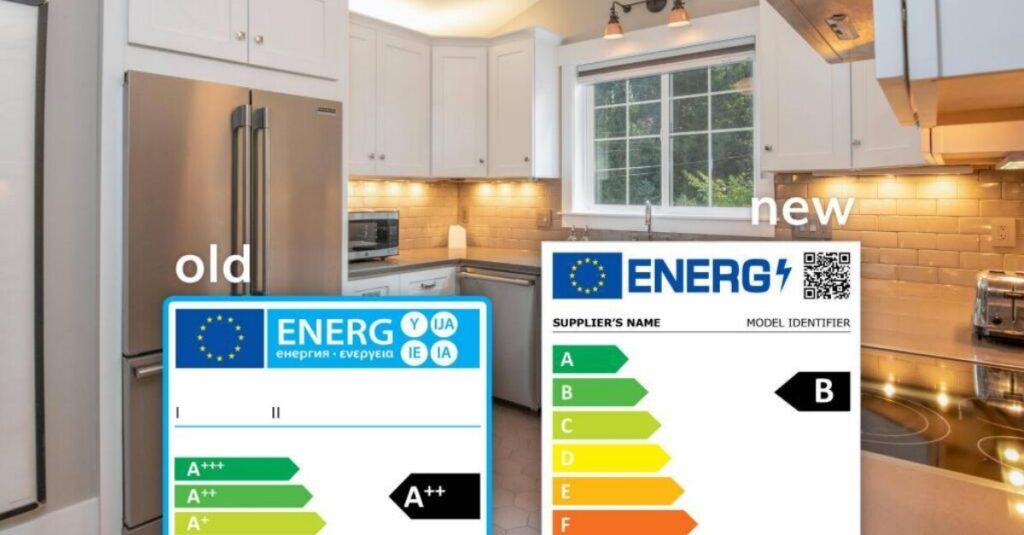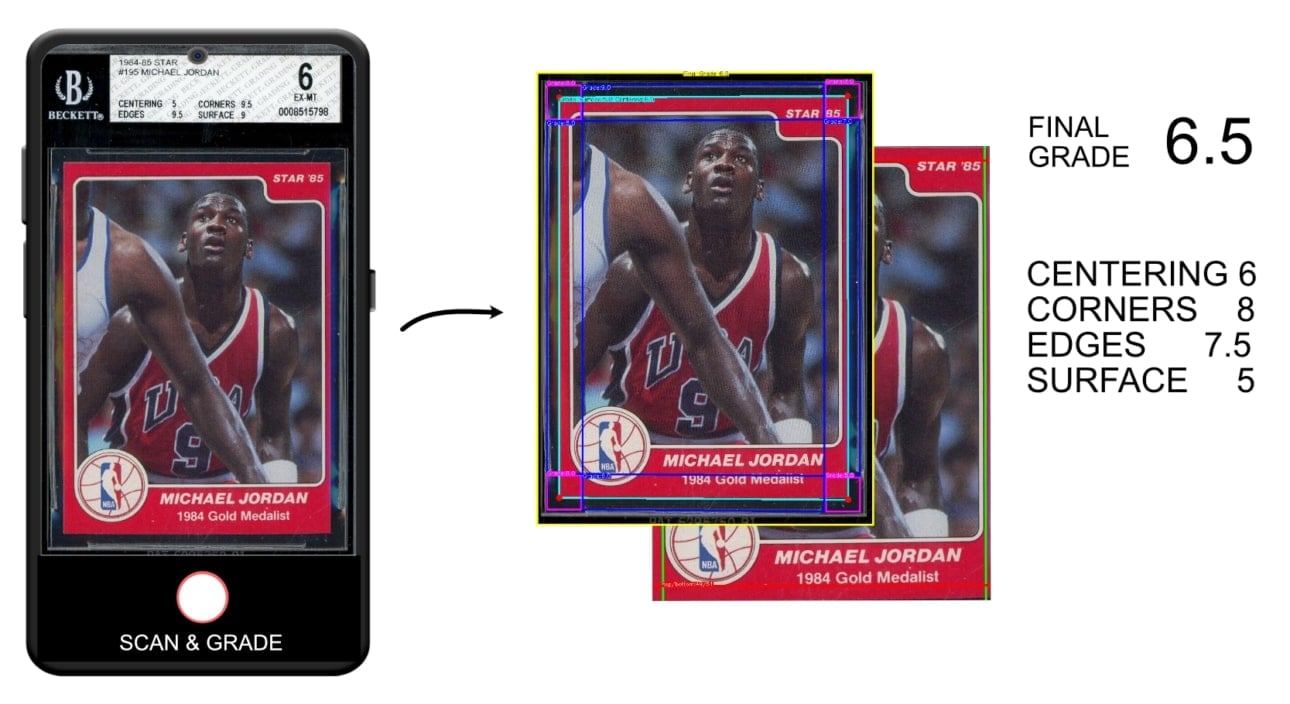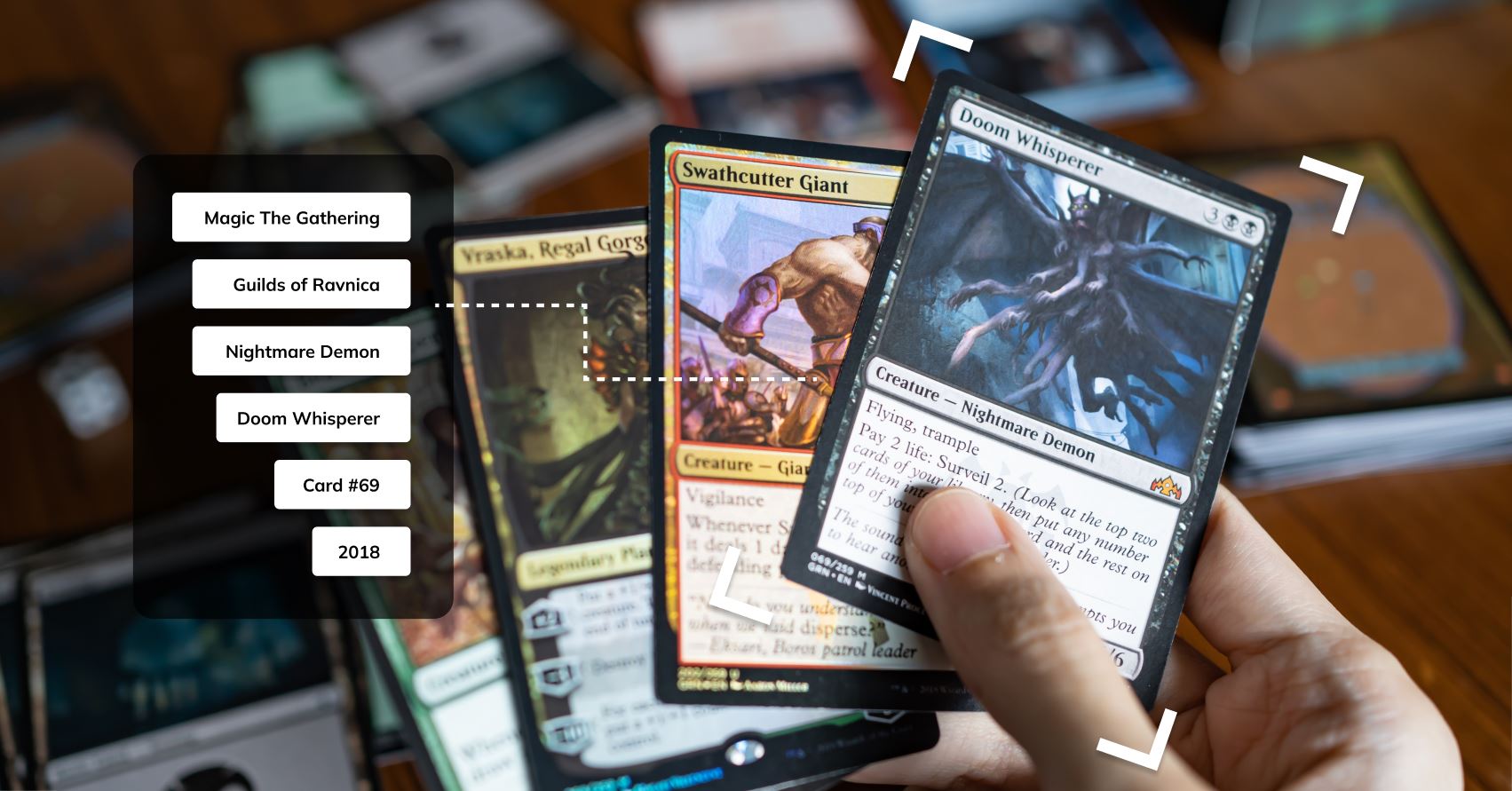The year 2021 will bring a fundamental change in energy labelling of household appliances. Updated labelling should be more efficient, intuitive, and enable consumers to make better and more informed purchasing decisions. A first large group of goods should be re-labelled by the beginning of March, not only in retail but also in e-shops. Even though such modification brings benefits to the buyers, it poses a great challenge to the online sellers to which we in Ximilar have a clever solution.
Upcoming changes in the EU Energy Labelling
The energy labels indicate the energy efficiency category the appliance falls into. In 2019, the European Union has approved a new regulation setting a framework for updated energy labelling, which will come into force in 2021 and gradually replace the old system of labels. According to the European lawmakers, the new system could save up to 200 billion kWh of energy, which is approximately the same amount of energy all Baltic countries spend together in a year. The first new labels are already in circulation.
Effective March 2021, sellers and manufacturers will be required to update the energy labels on fridges, washing machines, dishwashers, TVs, electronic displays, and refrigerating appliances for display purposes, followed by tires in May, and lamps in September.
So far, the products have fallen into categories A+++ to G, which will be simplified back to A to G and the energy class of a product will be determined on higher standards, meaning the appliance that was A+ in 2020 could be B or C from now on.
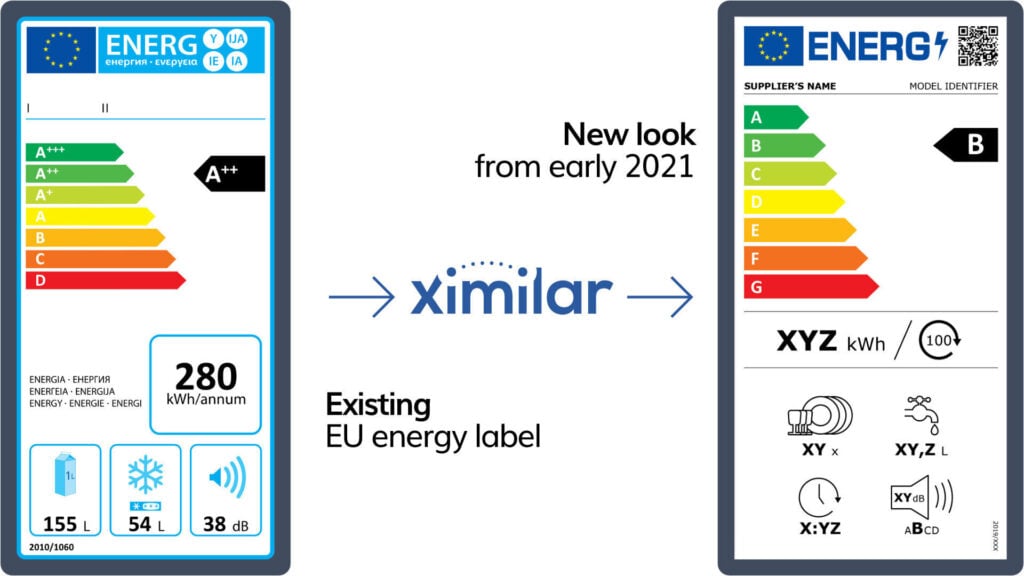
Re-scaling is not the only new feature, as the new labels are provided with a QR code leading consumers to EPREL (European Product Registry for Energy Labelling) database providing them with detailed energy and environmental information on the goods.
A Challenge for E-commerce Industry
The new regulation applies not only to the retail but also e-commerce, meaning all e-shops will be required to re-label the household appliances as well. They will be required to do so between March 1st and 18th.
E-shops need to identify thousands of energy labels in the product galleries and replace them with the new ones.
E-shops generally upload the energy labels as pictures into the galleries at the item pages. And due to the large amounts of images they upload every day, it is not uncommon not to have them tagged.
To ensure the smooth transition from the old label system to the new one, the physical stores will focus on the re-labelling of the displayed goods. The e-shops, on the other hand, will need to identify and replace considerable amounts of pictures in their databases at once. For instance, the largest e-shop selling household appliances in the Czech Republic Alza.cz currently offers approximately 1 200 products in the category of fridges, 500 in washing machines, 350 in dishwashers, 600 TVs, and 1 200 monitors, meaning they will need to update at least 3 850 energy labels in the first wave.
Many large e-shops also cooperate with price comparison websites such as Heureka, that have their own item galleries. For such services, the problem is a bit more complex: as a price analysis tool, the comparison website acquires its data from various sellers meaning its picture tagging or sorting is not standardised and they have to deal with a wide range of file types and names.
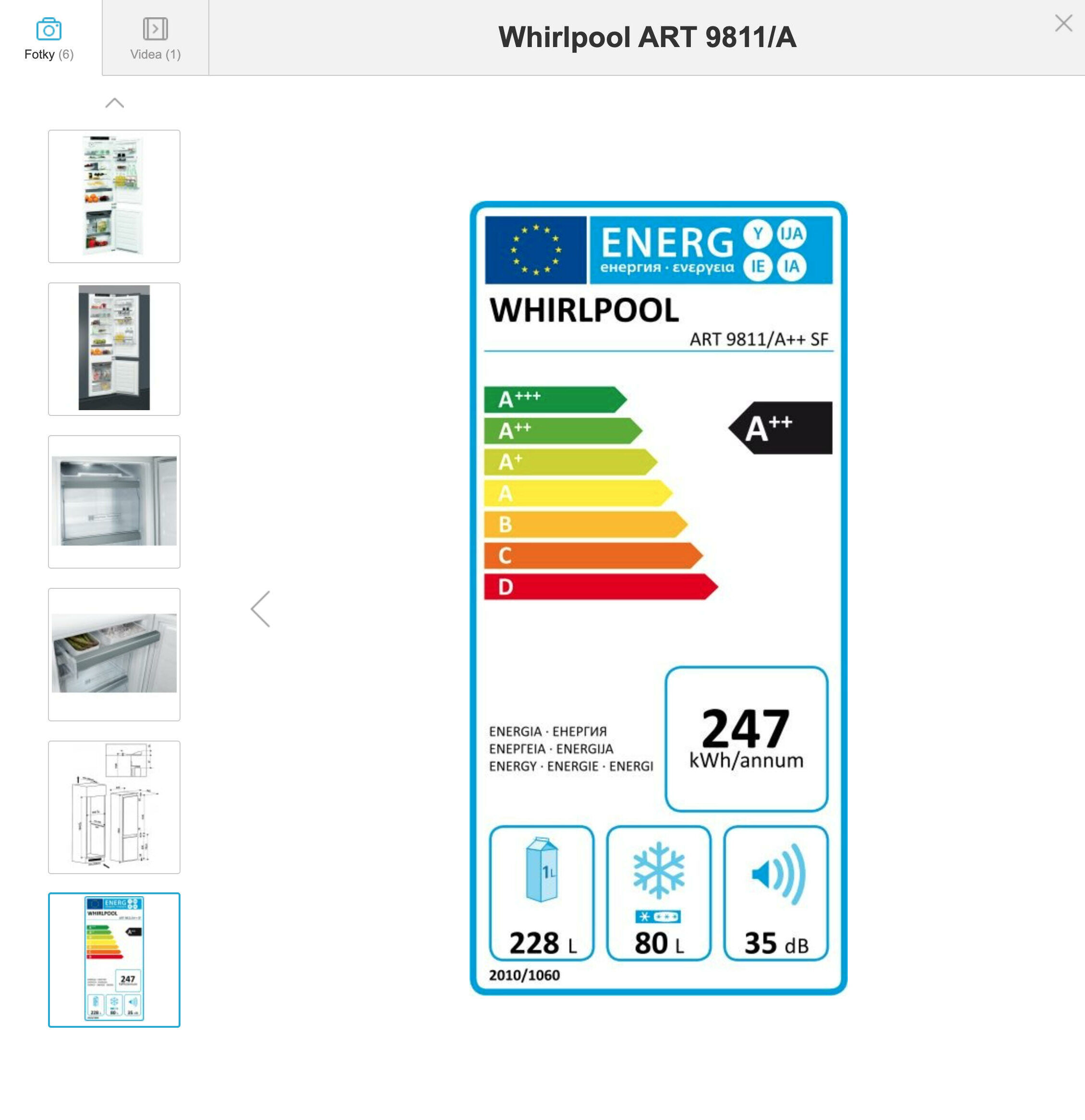
Such task poses a question: what is the most efficient way to identify the old energy labels amongst other images in the product galleries in order to delete and replace them? The solution lies in the image recognition software.
Smart Solution: Image Recognition
E-shops with electronics typically upload the energy labels as images into the product galleries on their item pages and provide them to the price comparison websites. Therefore, they need a software able to sort the product images, reliably recognize the old energy labels and set them aside.
Image Recognition is one of the core services of Ximilar. In principle, once you upload your images to this service, it equips them with tags and sorts them into categories. This service uses computer vision and deep learning to detect a wide range of features in the pictures. It is designed to process extensive databases of pictures in a fraction of a second.
With Ximilar App, you can develop an AI service directly for energy label recognition.
How to Use the Image Recognition on Energy Labels
If you need to identify and replace the old energy labels in your e-shop, there are two ways to use the Ximilar Energy Label Recognition service:
- You can train your own recognition model for energy label images. Then you can use the model as API endpoint. Meaning, you will send images from the product gallery and get immediate feedback on whether they are or aren’t energy labels.
- You can provide us with export from your product image database (as image URLs or the actual files) and we will take care of the rest for you. You will get the output back in a standard CSV format.
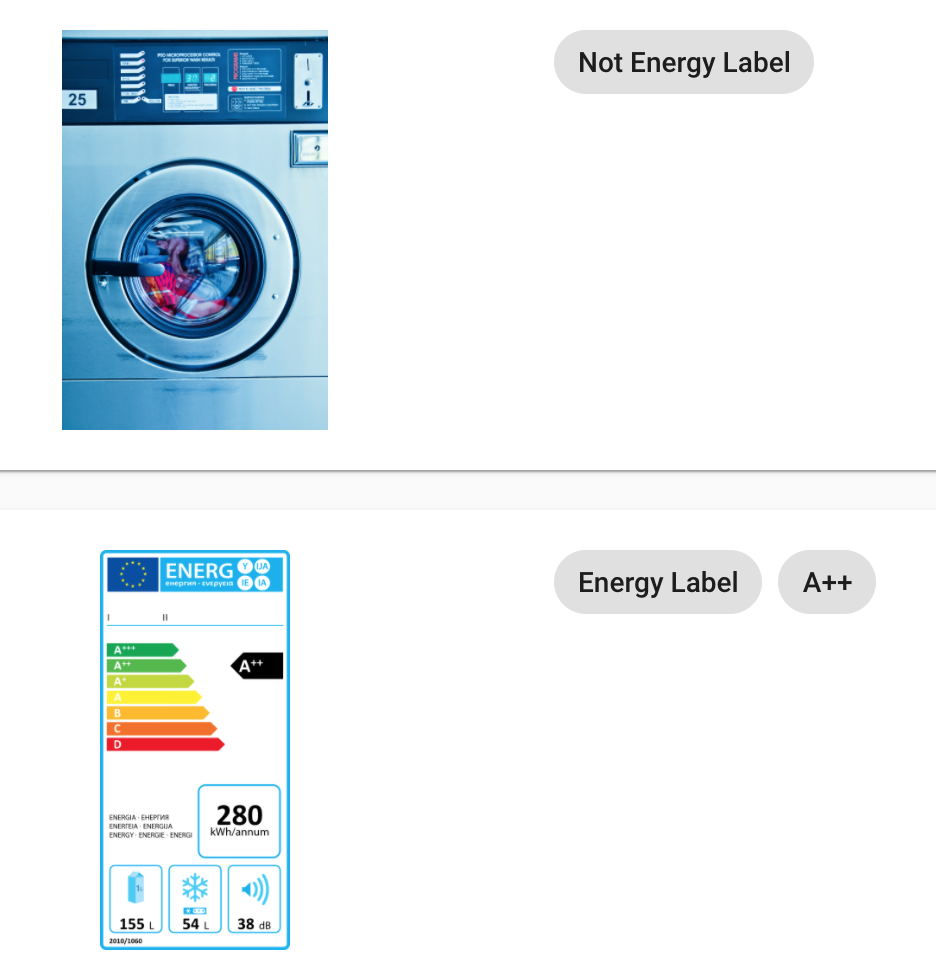
Since the image recognition is a CPU/GPU intensive process, one of the greatest advantages of this service lies in the image database processing on our servers, whether you use the API or leave it to us. Of course, you will have a chance to test the service in the Ximilar App before you run it on your image database.
The energy label recognition with the Ximilar service is an efficient, quick, and above all, a reliable way to identify the images that need to be replaced.
With Ximilar you can develop more models for energy labels recognition:
- Reliable recognition of the old energy labels from the new ones. This might be handy in the transition period when some labels will be already replaced, but others will not.
- Reading the actual energy class, especially from the new energy labels. The energy label change is a great opportunity to enrich your product data by this piece of information.
If you are interested, please just fill out our contact form. We are here to help!
The Image Recognition Service Makes E-commerce Easier
Whether you need to sort your catalogue into fine-grained categories, recognize pictures in product galleries, or offer similar products to your customers, Ximilar has solution for you.
Read more in this detailed article on Image Recognition uses in E-commerce or contact us and we can discuss other solutions tailored to your needs.

